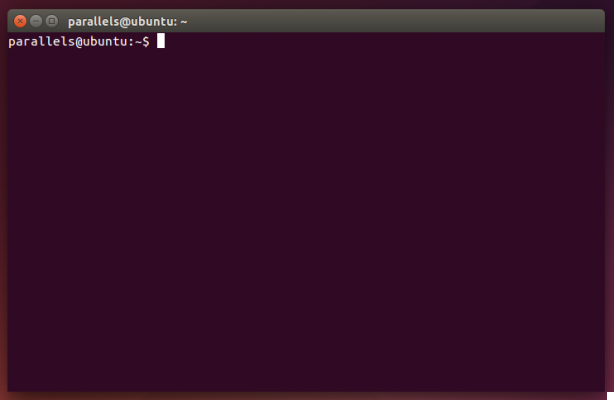Want to format a hard drive on your PC or Mac? Here are some good tips for performing the operation. Whether you are on Windows, Linux or macOS, follow the guide.

Windows, macOS and Ubuntu: format a hard drive that does not contain an operating system
Formatting a hard drive that does not contain an operating system is the simplest scenario. Obviously, this action is completely irreversible, so we advise you to back up the files that could be deleted before starting.
Windows
- Go to File Explorer and select the hard drive you want to format
- Right-click and click Format…

- Choose NTFS as the file system, then click Start
- Confirm.
NB: if you erase a hard disk because of errors, slowdowns or strange behavior of the system, we advise you to try upstream to start looking for malware. For this, we recommend the excellent AdwCleaner tool for Windows that you can get via this article.
Mac
- Go to the magnifying glass at the top right of your screen, and type Disk Utility.
- In the left column, select the volume to format
- Go to the tab Clear
- Choose the file system and a name

- Click on Clear
- Confirm
Under Ubuntu
On Ubuntu, the operation requires launching a program – here it is gparted but we could use another open source tool – with administrator privileges. To do this, you have to briefly go through the terminal:
- From your desktop, simultaneously type Ctrl + Alt + T to open a terminal window

- Check that gparted is well installed
sudo apt-get install gparted
- Once gparted installed, run the tool with administrator privileges
sudo gparted

- Choose at the top right the disk you want to format
- Click on the partition you want to format or delete the partitions one by one with the key Del. from your keyboard

- Format the free space by right-clicking on it, then Format one then the format of your choice.


























